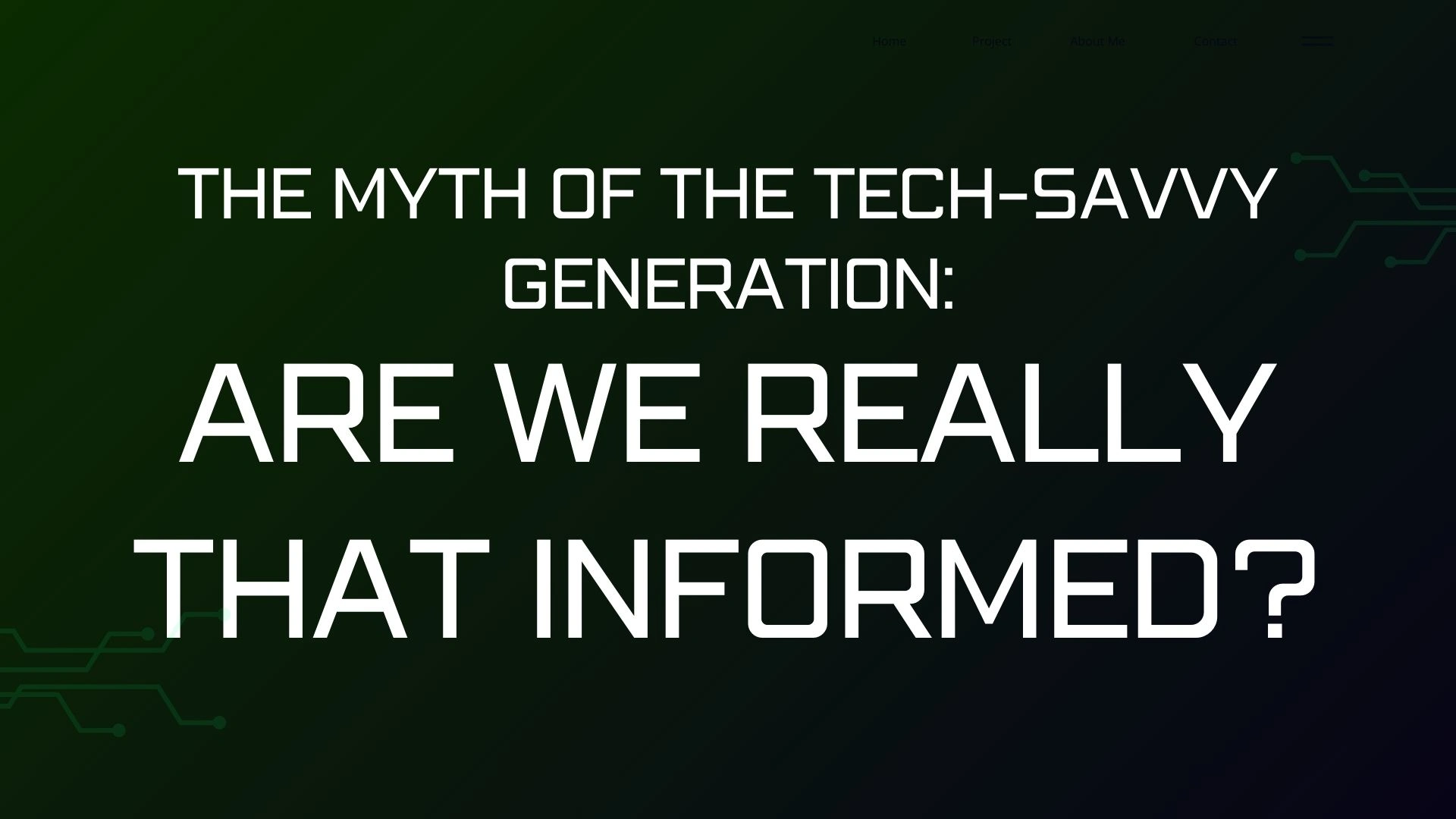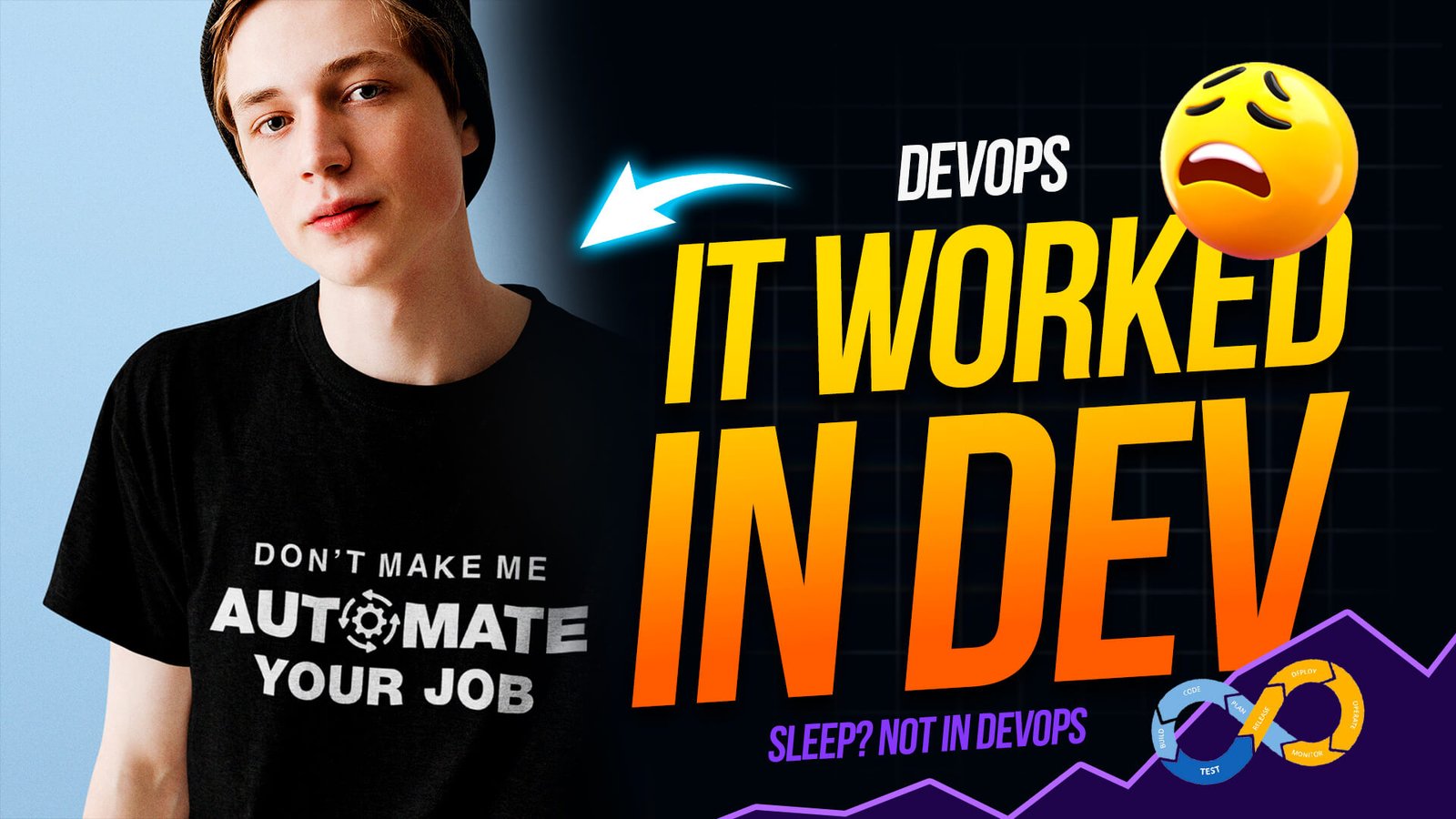The Myth of the Tech-Savvy Generation: Are We Really That Informed?
We’ve all heard it before: “Young people are tech-savvy.” Whether it’s Gen Z, Millennials, or even Gen Alpha, there’s a widespread belief that because they grew up with smartphones, social media, and the internet, they must be masters of technology.
But is that actually true? Does spending hours on TikTok, scrolling through Twitter, and using emojis mean someone is truly tech-literate? Or have we confused being comfortable with tech with actually understanding it?
Let’s break down the myth of the tech-savvy generation and why many digital natives aren’t as informed as we assume.
1. The Difference Between Using Tech and Understanding Tech
📱 Comfort vs. Competence
Just because someone can navigate an iPhone effortlessly doesn’t mean they understand how it works.
🔹 What young people are great at:
✔️ Scrolling through social media
✔️ Downloading apps and customizing their devices
✔️ Streaming music, movies, and gaming online
🔹 What many struggle with:
❌ Understanding how computers actually work
❌ Troubleshooting basic tech issues
❌ Recognizing online misinformation and security threats
💡 Verdict: Knowing how to use tech is not the same as knowing how tech works.
2. Are We Really “Digital Natives” or Just Digital Consumers?
The term “digital natives” is often used to describe younger generations, implying that they have natural tech skills. But is that accurate?
📊 The Reality Check
Studies show that:
- Many college students struggle with basic computer skills like using spreadsheets or organizing files.
- Digital security is a weak spot—many reuse passwords and fall for phishing scams.
- Critical thinking online is lacking, with many believing fake news or manipulated content.
💡 Verdict: Many young people are consuming content, not mastering technology.
3. The Illusion of Information: Do We Really Know More?
📰 More Access, But Not More Understanding
The internet gives us instant access to information, but does that make us more knowledgeable? Not necessarily.
🔹 Problems with modern information consumption:
- Skimming, not deep learning – People scan headlines but don’t always read full articles.
- Echo chambers – Algorithms show us what we want to see, not the full picture.
- Fake news spreads faster than facts, making misinformation hard to detect.
💡 Verdict: Being online doesn’t always mean being well-informed.
4. The Education Gap: Schools Aren’t Teaching Tech Literacy
📚 What Schools Teach vs. What They Should Teach
Most schools teach students how to use Microsoft Word, but not how to spot online scams, fact-check news, or understand algorithms.
🔹 What’s missing from education?
❌ Cybersecurity basics (password management, phishing awareness)
❌ Fact-checking and digital literacy
❌ Coding and programming fundamentals
💡 Verdict: Without proper education, young people may lack real digital skills beyond social media.
5. Cybersecurity Blind Spots: Are We Too Careless?
🔓 Tech-Savvy, But Not Security-Smart
Many self-proclaimed tech-savvy users have terrible cybersecurity habits.
🔹 Common mistakes people make:
❌ Reusing the same weak passwords across accounts
❌ Clicking on phishing links disguised as harmless emails
❌ Sharing too much personal information on social media
💡 Verdict: Being active online doesn’t mean understanding how to stay safe online.
6. Social Media ≠ Digital Intelligence
📢 Viral Doesn’t Mean Valuable
Social media rewards engagement, not accuracy. Just because something goes viral doesn’t mean it’s true or useful.
🔹 Social media’s biggest pitfalls:
- Trending ≠ truth – Many viral posts contain misinformation.
- Influencer culture – People trust influencers more than experts, even on serious topics.
- Outrage algorithms – Content that angers or excites spreads faster than neutral facts.
💡 Verdict: Just because someone spends hours on social media doesn’t mean they understand the internet.
7. Can You Fix Your Own Tech? Most People Can’t
🖥️ When Google Isn’t Enough
Many digital natives rely on Google for troubleshooting instead of learning how to fix tech themselves.
🔹 Common struggles:
- Setting up Wi-Fi routers and networks
- Understanding how computers process data
- Fixing software or hardware issues without Googling
💡 Verdict: Many people can Google solutions, but few can solve tech problems independently.
8. The Workplace Reality: Are Young Employees Really Tech-Savvy?
💼 Tech Skills vs. Office Tech Skills
Employers expect young professionals to be tech-savvy, but many struggle with basic digital workplace skills.
🔹 Common workplace tech struggles:
❌ Email etiquette (writing professional emails)
❌ Spreadsheets and data organization
❌ Using collaboration tools like Slack, Trello, or Asana
💡 Verdict: Being a Snapchat expert doesn’t mean you’re ready for digital workplaces.
9. The Growing Need for Real Digital Literacy
📖 What We Need to Learn
Instead of assuming young people “get” tech, we should focus on teaching real digital skills, such as:
✔️ Cybersecurity awareness (password management, phishing detection)
✔️ Critical thinking online (spotting misinformation)
✔️ Practical digital skills (spreadsheets, coding, automation)
💡 Verdict: Tech fluency is more important than just tech familiarity.
Final Thoughts: Are We Really Tech-Savvy?
Let’s be real—spending hours on social media doesn’t make you a tech expert. Many young people are comfortable with technology but lack deep digital literacy.
If we want to truly prepare for the future, we need to go beyond just using tech—we need to understand, question, and master it.
FAQs
1. Are younger generations really more tech-savvy?
Not always! They are tech-comfortable, but many lack real technical knowledge and digital literacy.
2. What’s the biggest gap in tech knowledge today?
Many people struggle with cybersecurity, critical thinking online, and practical workplace tech skills.
3. Why do people think Gen Z is tech-savvy?
Because they grew up with the internet! But using apps and understanding technology are two different things.
4. How can we improve digital literacy?
Schools and workplaces should teach cybersecurity, fact-checking, coding basics, and professional tech skills.
5. What’s the best way to test if you’re truly tech-savvy?
Try fixing a Wi-Fi issue, using Excel formulas, or explaining how an algorithm works—if you struggle, there’s room to improve!
📢 What do you think? Are we really as tech-savvy as we claim to be? Let’s discuss below!
tech-savvy myth, digital fluency, are young people tech-savvy, tech literacy vs tech use, digital natives, Gen Z technology skills, online misinformation, digital education, tech knowledge gaps, modern tech skills, digital literacy issues, Gen Z and tech, technology myths, digital skills gap



